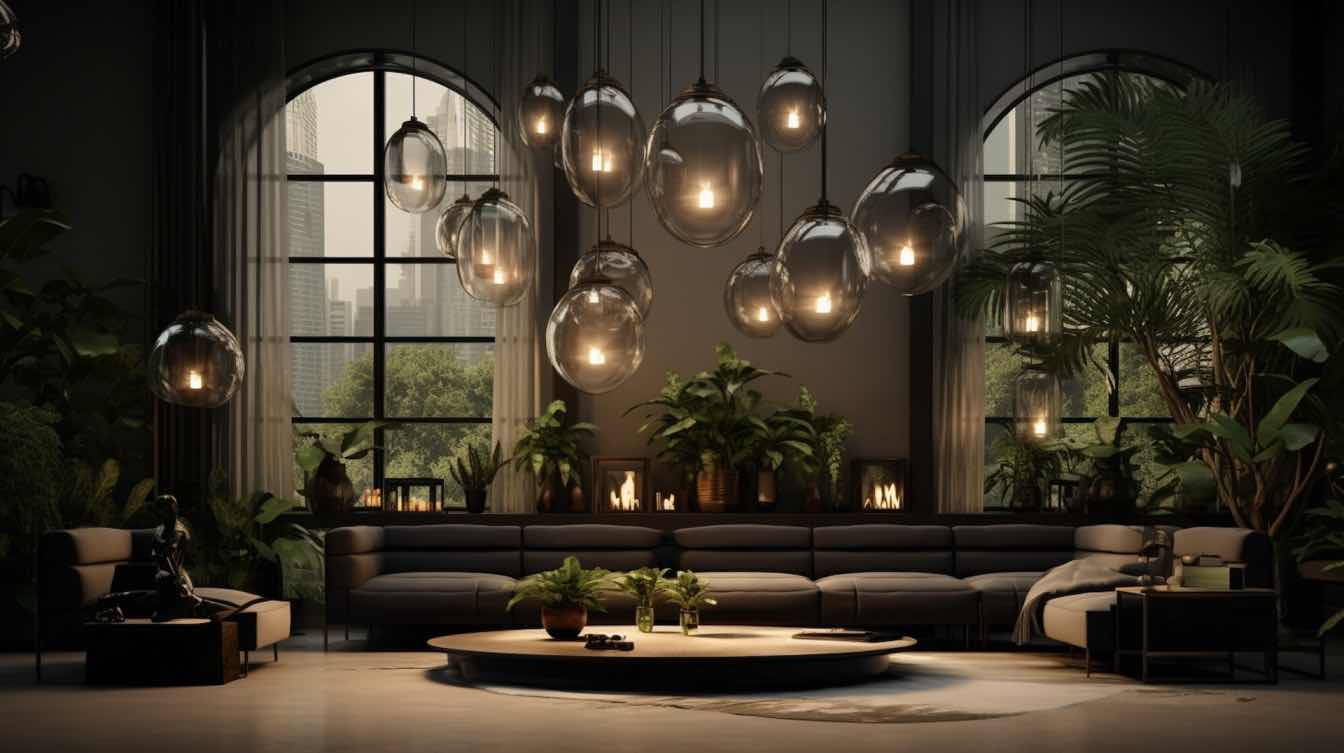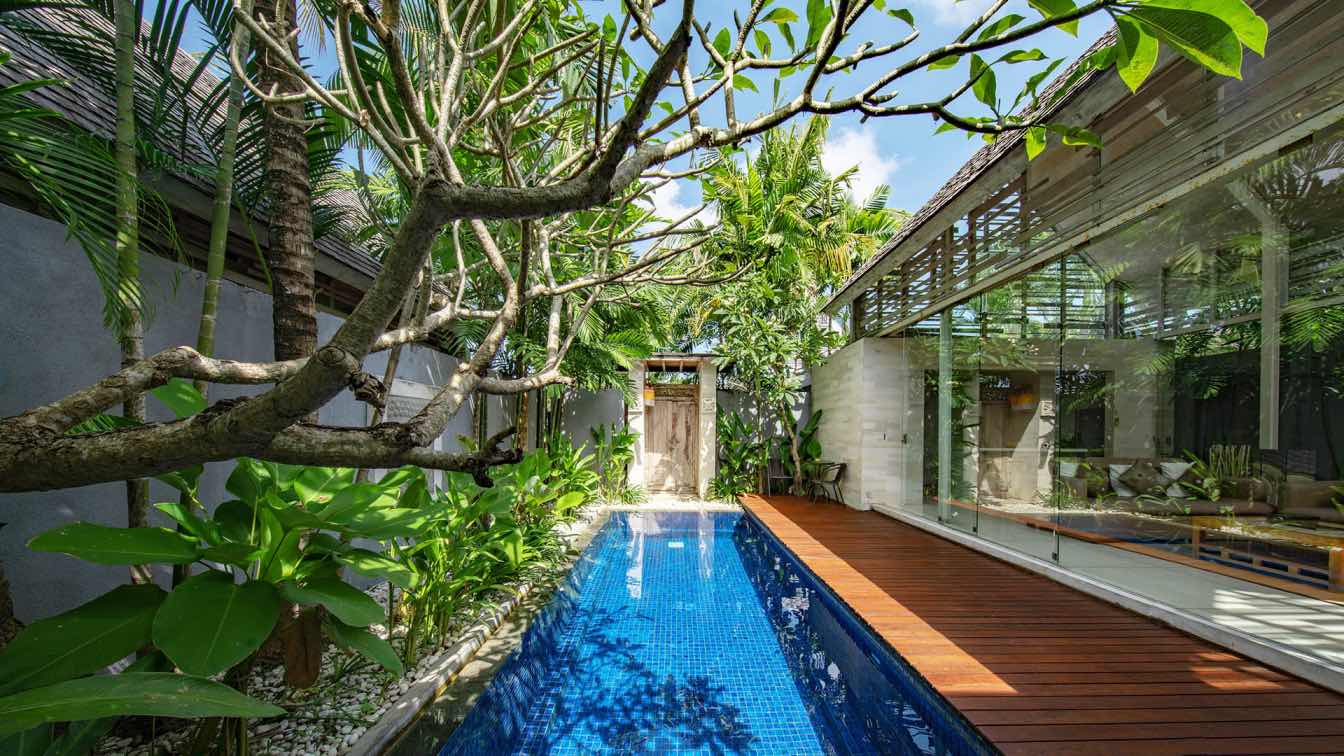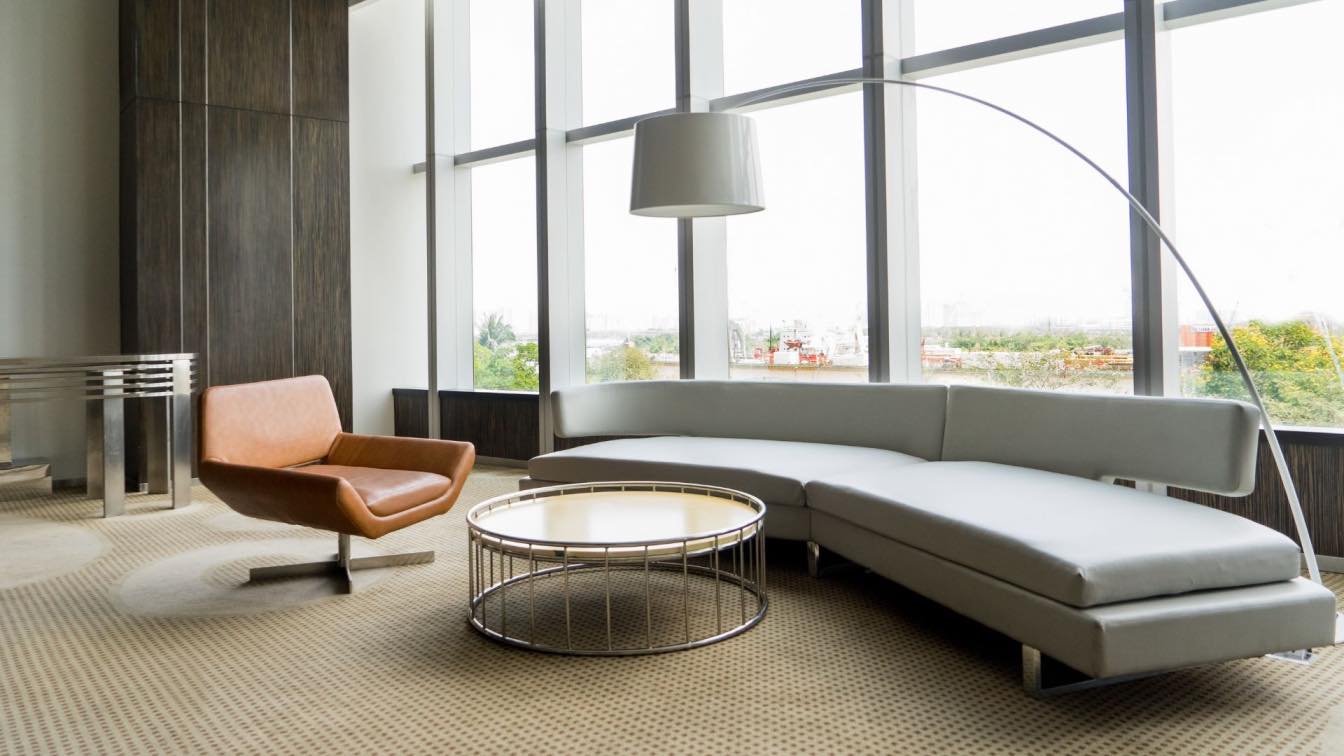Indoor plants can transform any living space, infusing it with life, color, and freshness. However, not all corners of our homes are blessed with abundant natural light, posing a challenge for plant enthusiasts. If you've ever wondered how to keep indoor greenery thriving in low-light conditions, you're not alone.
Fortunately, there are several effective strategies to ensure your plants receive the light they need, even in the darkest corners of your home. For those looking to improve their indoor lighting setup, easy installation recessed lighting can be a great solution to brighten up these areas.
Understanding the Lighting Needs of Indoor Plants
It is necessary to outline the requirements of indoor plants before concentrating on concrete lighting options. Light is another factor essential for plant growth, and it is always good to know the specific light requirements of the plants you are growing at home. Generally, plants are categorized into three groups based on their light needs: four levels of lighting, namely low, medium, high, and very high.
Low-Light Plants: These plants prefer light shade or indirect light if exposed to sunlight. Some common air-purifying plants are snake plants, pothos, and ZZ plants.
Medium Light Plants: These plants must be placed in bright, indirect sunlight locations. Some standard medium light plants are peace lily, dracaena, philodendron, etc.
High-Light Plants: These plants require sunlight exposure to enhance growth and development. Some examples are plants with thick stems and leaves, such as succulents, cacti, and ferns.
First, it is essential to know the type of light each plant needs and where to place it. While high-light plants may not find a dark section of a room very suitable, low-light plants are more suited to such an environment.
Utilizing Artificial Lighting
In most cases, artificial lighting can be used to supplement natural lighting due to its inability to penetrate inside most buildings. Here are some tips on how to use artificial light to benefit your indoor plants:
Choose the Right Type of Light: Contrary to the belief that artificial lighting refers to any source of light that is not natural, it is not. The most suitable type of LED grow light is the full-spectrum one, as it replicates the natural sunlight and has the required spectrum for the plants to perform photosynthesis. T5 and T8 fluorescent lights are also suitable for plant propagation, though not so practical for photosynthesis.
Positioning the Lights: The artificial lights should be positioned near the plants but should not produce excessive heat that could harm them. One good rule of thumb is to place the source of light about half a foot to one foot away from the plant's foliage. Bend the stems to the desired angle as the plant develops to distribute the light well.
Duration of Exposure: It is important to get an insight into the light requirements of indoor plants, which range from 12-16 hours of light per day. The timer is useful for controlling the amount of light provided to the plants so that they are properly lit. Make sure to give them some dark periods so that they resemble day and night.
Reflective Surfaces and Light Diffusion
Another way to increase the amount of light in a room's dark areas is through reflective planes and light scattering. To get more light in the room, one should use shiny surfaces like white walls, mirrors, and aluminum foil to redirect light around the space. Some solutions include sheer curtains or frosted glass, which can spread the light uniformly across the fabric, thus avoiding the formation of sharp shadows.
Combining Natural and Artificial Light
If possible, use natural lighting in conjunction with artificial lighting sources for added effect. For instance, you could relocate your plants closer to a window facing the north or the east to get some sunlight during the day. Augment this with artificial lighting so they get adequate light during the day as they study or work. These two factors can foster the right conditions that facilitate plant growth and lush green leaves.
Monitoring Plant Health
One must closely observe the plants to determine whether they constantly receive adequate light. Some symptoms that indicate that your plants are not getting enough light include them being long and skinny, which shows that they are stretching out for light.
The leaves are pale or light yellow, which indicates that the plants require more light. Due to inadequate lighting, the plants may be growing slowly. On the other hand, very bright light results in scorched or bleached leaves. Based on the results, ensure you alter the light conditions to enhance the system's stability.
Conclusion
Lighting up the dark corners for your indoor plants is more than doable, and this guide provides strategies and tools that could assist in the process. Auxin, knowing the requirements of the plants as far as light is concerned, using artificial light, using reflective surfaces, and integrating natural and artificial light all go a long way in growing an indoor garden.
With proper care and attention towards the plant and its surroundings, incredibly the light it receives, you can bring life to your indoor plant regardless of where it is placed in your house. However, do not forget that under the sun, with the help of a bit of creativity, every corner of your home can become a verdant oasis.





